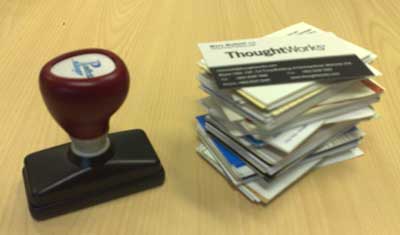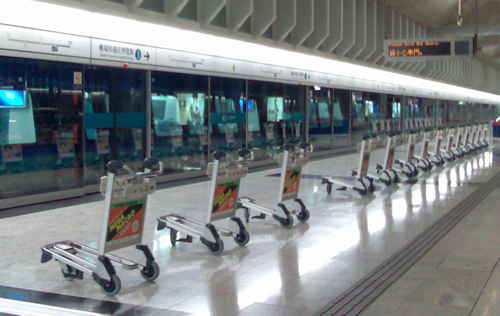DRM stupidity
A year ago we arrived in Hong Kong with no TV, but a Mac Mini, broadband connection and a stack of DVDs from the UK. When the DVDs were all watched we turned to the local video shop to hire or buy DVDs. Only they would not work. Hong Kong is in a different region to the UK. The DRM of dinosaur logic does not allow you to be an international traveler. If we wanted to buy new DVDs in Hong Kong we would have to make a decision to effectively throw away our UK DVDs. And it was then that we really discovered Bit Torrent…
I was just a humble consumer wanting to do the right thing but was denied this by the entertainment industry and their flawed business model. (Indeed rather than preventing piracy DRM encourages it). Now our own Prime Minister has experienced the same thing after being given a collection of Region 1 DVDs by Obama that he cannot watch because they are unplayable on his Region 2 DVD player.
“Maybe this experience will help the British government understand how many of the entertainment industry’s efforts to strengthen intellectual property controls do little more than irritate legitimate consumers.”



